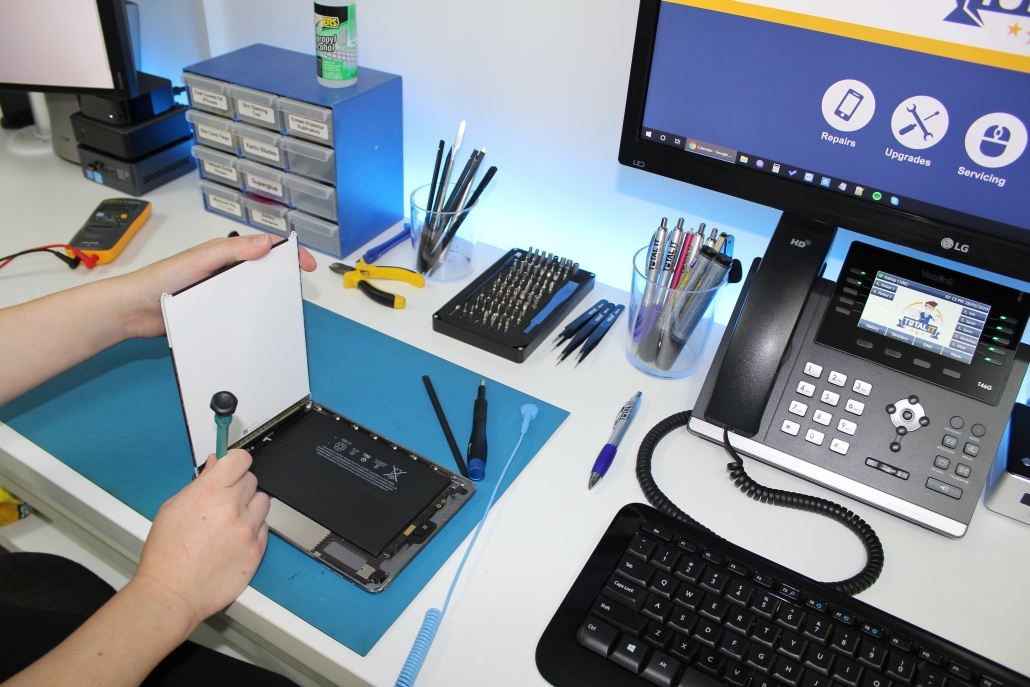3 Action Guide to Choosing the Right Disaster Recovery Service
Whether it's a ransomware attack, a natural disaster, or corruption of a client's database, you want to make certain that your service's IT system can recover. Having a company continuity and disaster recovery (BCDR) plan is vital. There are a myriad of BCDR solutions (on-premise, hybrid, or cloud-based), and it's essential to pick the best one for your service needs. Here's what you should be looking out for when assessing your next BCDR option.
Discover the Right Business Continuity/Disaster Recovery Solution in 3 Steps:
1. Evaluate BCDR and DRaaS Solutions
Among the greatest aspects when choosing a BCDR service is figuring out whether you'll outsource assistance or handle it internally. If you plan on outsourcing assistance, you'll require to partner with a managed providers (MSP) that is proficient in connection and compliance solutions. Since numerous BCDR options combine cloud, software application, and hardware components - you'll require a process to support your virtual assets, local servers and desktops. BCDR hardware has several functions consisting of:
Hosting BCDR software application
Sending server images to the cloud for disaster recovery
Storing regional copies of backup server images for regular restores
Acting as the primary server throughout a failover, enabling organization to continue throughout restorationBCDR software is utilized to automate and handle backup and healing processes. After a preliminary complete server backup, BCDR software takes incremental snapshots to produce "recovery points" or point-in-time server images. Healing points are used to bring back the state of a server or workstation to a specific point in time (before it failed or information was it managed services corrupted).
2. Look For BCDR Cloud Options
The best BCDR options have a cloud backup as well as a healing component. This is since the cloud serves 2 purposes in a BCDR service. The very first is to supply offsite storage space for server and workstation images used for restores. The second is to take control of crucial operations when a failover takes place.

Backups can be kept in your area - on an appliance or backup server in your information center - or from another location, in the cloud. For BCDR, it's best to keep copies of your backups in both locations. In other words, if it's not possible to bring back a system locally, you can failover to the cloud. Similarly, your option should deal with a variety of information remediation scenarios, varying from bring back a couple of lost files to recuperating from a total server failure or the damage of several servers and PCs. Bring back from local backups is quicker, while the choice of stopping working over to the cloud provides you ultimate defense against worst-case situations.

3. Address Security and Compliance Frameworks
A BCDR ought to resolve ransomware detection, point-in-time rollback capabilities, and data immutability. It's crucial to try to find BCDR options that comply with Service Organization Control (SOC 1/ SSAE 16 and SOC 2 Type II) reporting standards and function two-factor authentication. This can help safeguard your information and minimize the requirement for manual intervention. If you want to discover how to keep your organization healthy and protected, reach out to us for a totally free IT assessment.